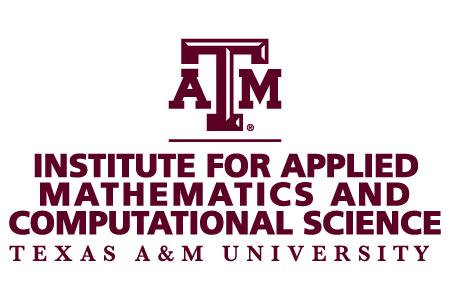IAMCS aims to develop and maintain a robust cyberinfrastructure to enable research and applications of IAMCS.
IAMCS’s cyberinfrastructure needs
- High-performance computers able to execute large tightly-coupled computations, to enable progress in all three Research Core areas
- High-throughput computers able to execute large numbers of independent computations, enabled to do advanced data analysis and render advanced visualizations
- High-speed access to large, well-managed data stores
- Modern federated authentication and authorization middle ware to support secure sharing of the key scientific codes and data sets that often form the basis for collaborations
- Well-crafted visualization studios to enable the outputs of advanced visualizations to benefit researchers
- Interoperable cyberinfrastructure required for enabling effective collaboration among IAMCS in selected sites and for high-speed data networking among them
- Collaboration support technologies including distributed data sharing and effective teleconferencing facilities, crucial to encouraging the desired interactions among IAMCS.
Architecture and Features
The IAMCS cyberinfrastructure includes a set of closely related infrastructure components embracing the IAMCS focus areas. These components include:
- A high-throughput computing facility exhibiting strong cost-effectiveness in processing large numbers of independent computations
- A massive online storage facility able to serve data at high speed to both computing facilities and to the visualization facility, and capable of supporting the secure high-speed sharing of scientific codes and data-sets among the IAMCS.
- An advanced visualization facility based on Texas A&M’s Immersive Visualization Center and enhanced with appropriate visualization software from our partners at the University of Utah and other visualization leaders. Visualization technical support will aim to make aggressive use of visualization possible for IAMCS researchers in all three core areas
- High-speed connections to the international research network.
- Highly skilled operations and advanced user support staffs capable of bridging any gap between computational science codes and our hardware computing infrastructure.
- Strong, federated, identified, authorization and authentication support needed to enable high-speed, flexible, and secure sharing of scientific codes and data sets. This effort will build on Texas A&M’s early experience with Shibboleth
- Curriculum support to ensure effective infrastructure use.

